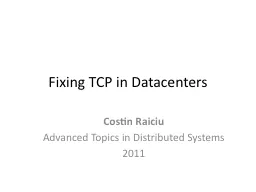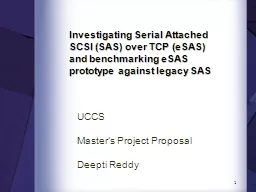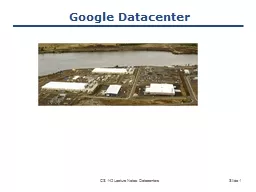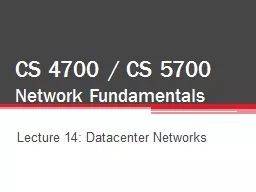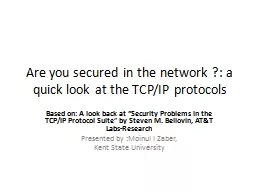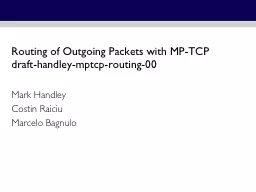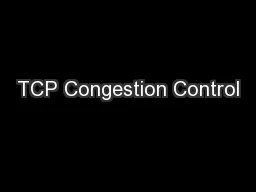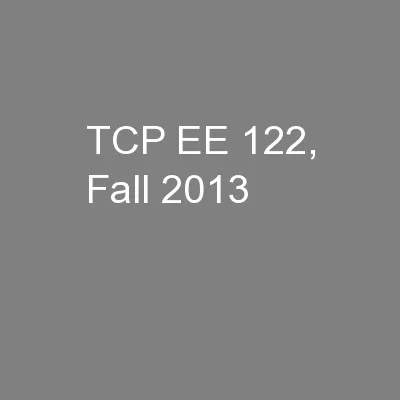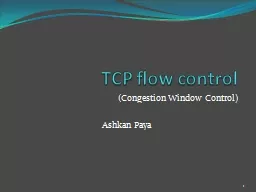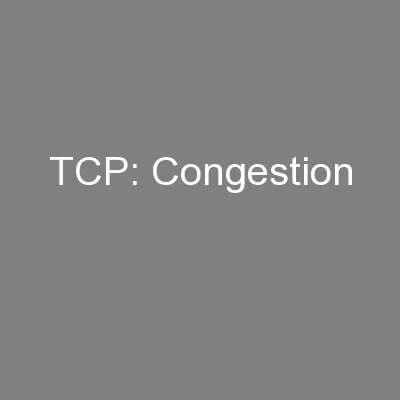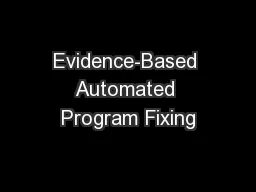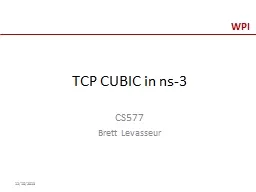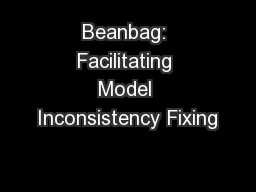PPT-Fixing TCP in Datacenters
Author : olivia-moreira | Published Date : 2016-10-20
Costin Raiciu Advanced Topics in Distributed Systems 2011 TCP Primer Loss recovery Fast retransmit Timeouts Congestion Control Buffer sizing TCP Incast Why does
Presentation Embed Code
Download Presentation
Download Presentation The PPT/PDF document "Fixing TCP in Datacenters" is the property of its rightful owner. Permission is granted to download and print the materials on this website for personal, non-commercial use only, and to display it on your personal computer provided you do not modify the materials and that you retain all copyright notices contained in the materials. By downloading content from our website, you accept the terms of this agreement.
Fixing TCP in Datacenters: Transcript
Download Rules Of Document
"Fixing TCP in Datacenters"The content belongs to its owner. You may download and print it for personal use, without modification, and keep all copyright notices. By downloading, you agree to these terms.
Related Documents

